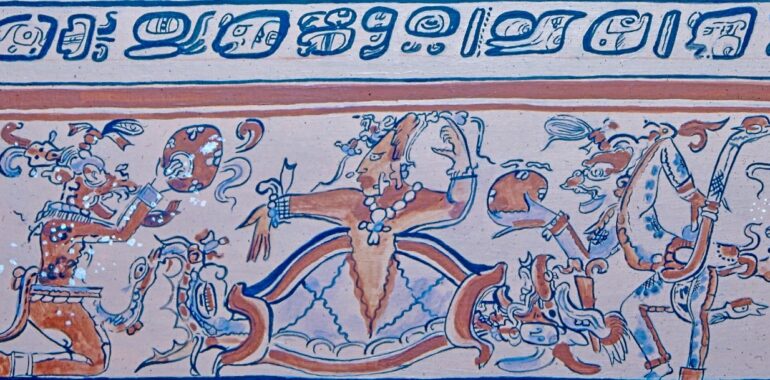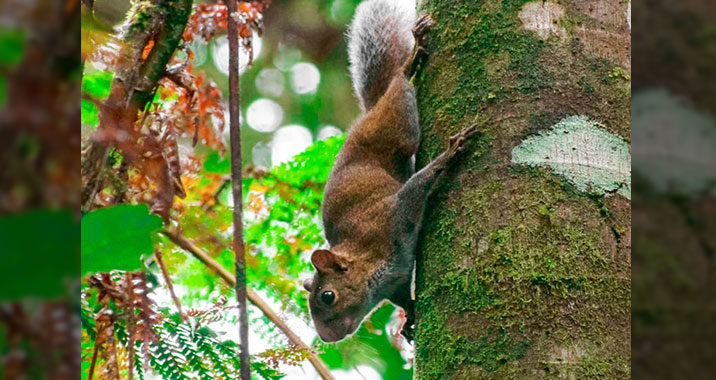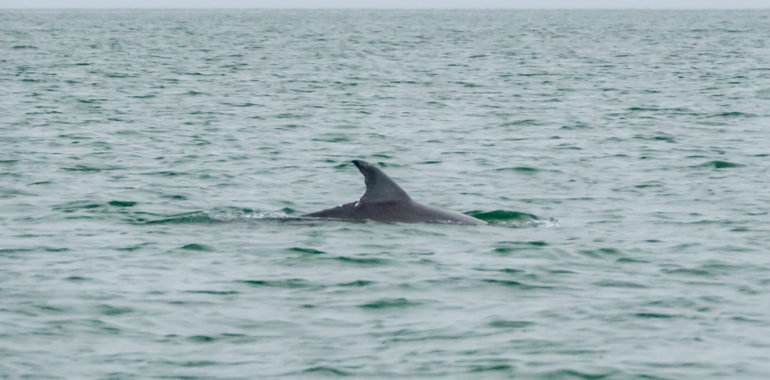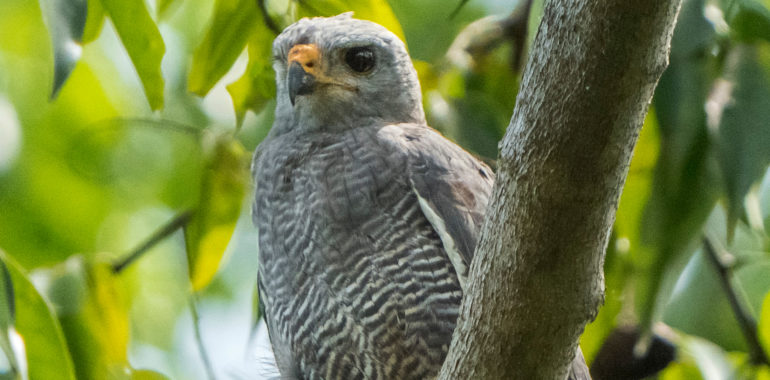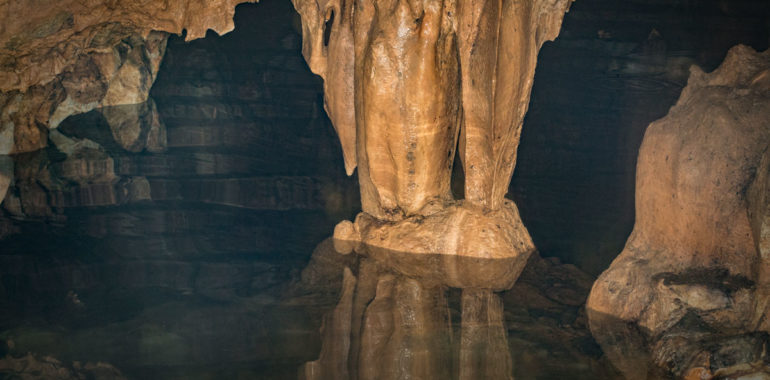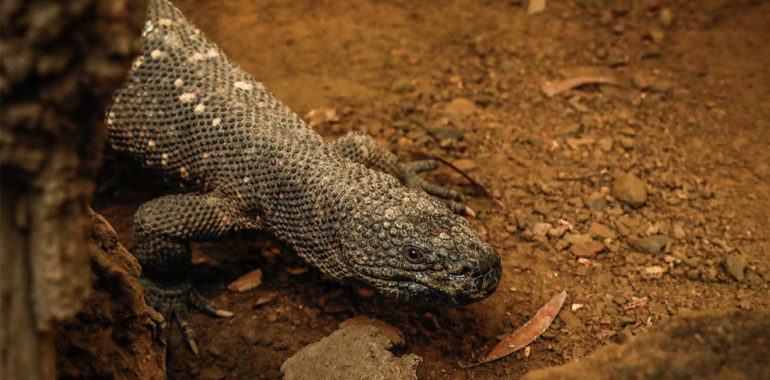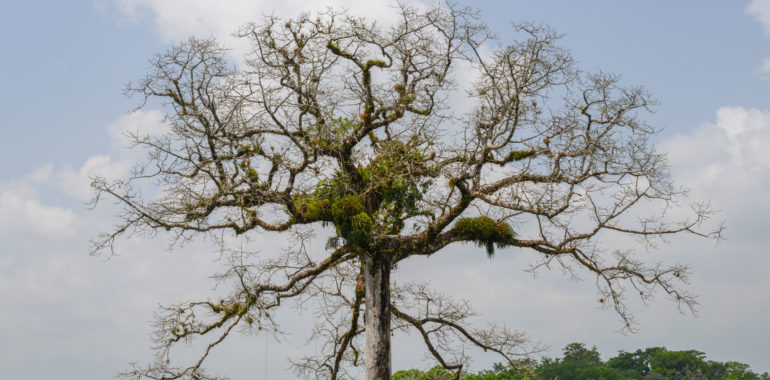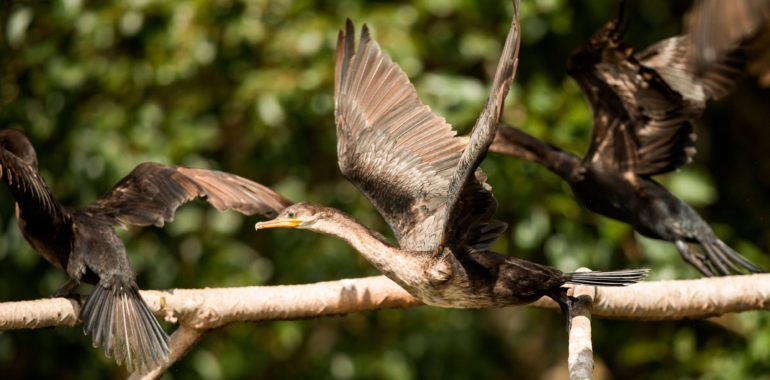Spondylus spp. Property of Centro de Estudios del Mar y Acuicultura (CEMA), Universidad de San Carlos de Guatemala (USAC). Photo by Victor Mendoza, 2022. Mayan art was developed in southeastern Mesoamerica during the Late Preclassic period and flourished in the Classic period. It includes architectural structures, stone sculptures, carved wooden pieces, murals, writing, books, ceramics,…
Guatemalan Squirrels
Squirrels are a group of arboreal rodents belonging to the suborder Sciuromorpha, where groundhogs and prairie dogs are also found (Wilson & Reeder, 2005). They belong to a group of Eurasian origin (Laurasiatheria) that through different dispersal events have been able to colonize all continents, except Antarctica and Oceania (Mercer & Roth, 2003). Squirrels can…
The Wonders of Cetaceans
Cetaceans are divided into two groups: Mysticeti (Mysticeti), which have baleen to filter their food, like the humpback whale and the blue whale; and the Odontocetes (Odontoceti), known as the toothed cetaceans, among them are the dolphins, killer whales and sperm whales. Characteristics and adaptations of cetaceans Cetaceans evolved fifty million years ago from…
Introduction to Mammals and the 5 Felines of Guatemala
Do you want to know more about the mammals and the five felines of Guatemala? These conferences are what you were looking for. Sign up here to receive the ZOOM link: Sign up We are waiting for you on Wednesday May 25th and Thursday May 26th via Facebook Live or ZOOM at 6:00 pm (Guatemala…
Gray lined Hawk (Buteo nitidus) a raptor bird seen at Lampara River
In a tall Cahue tree that was in Lampara River in El Golfete, Livingston, Izabal, during the September expedition we saw a gray lined hawk. It is the first time we have photographed it during the Livingston Biodiversity Project. It was calm and allowed itself to be photographed very well. Buteo nitidus is an extremely…
Mysterious endangered cave
We were called by a team of biologists who have been studying the importance of an unknown cave located in Izabal, Guatemala. They are worried about the fate of the natural ecosystem that lives inside the darkness of the cave since it has been polluted and neglected by the local people living close to it.…
“El Niño Dormido” a unique species in the world
Guatemala and its multiple ecosystems hide a wide variety of flora and fauna. In one of the most particular landscapes, the dry tropical forest, the country’s “desert”, hidden in caves lives one of the biggest reptiles of Central America. Surrounded by trees, cactus, and folktales the Heloderma claims for protection and recognition because of its…
Why is Ceiba so important in our country and the Americas?
Ceiba is one of the largest trees in the tropics, measuring up to 70 meters high and its roots up to 5 meters deep. It is a tree that we can find in most places in the towns of Guatemala. It was declared a National Tree on March 8, 1955. It is also very common…
Aquatic biodiversity in the Yaxha-Nakum-Naranjo National Park wetland
Everyone in the world depends on the different ecosystems on Earth and the services they provide. In recent years, people have transformed ecosystems more quickly and extensively than in any other period of history. Largely to quickly meet the demands of food, fresh water, wood, fiber and fuel. According to the UN Millennium Ecosystem Assessment…

